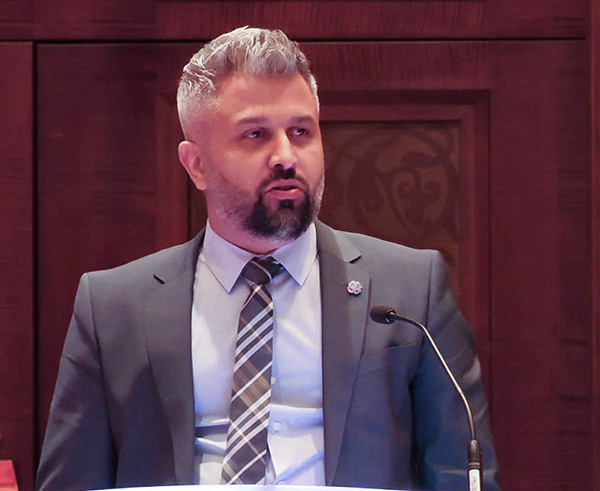The One Ontario partnership has taken a significant leap forward in its efforts to modernize the province’s planning approvals process.
On March 22 the group announced it will be importing the U.K.’s Planning Portal system as part of a new deal with the portal’s developer TerraQuest.
TerraQuest earned the right to commercialize a national planning portal system in the U.K. after winning a government RFP in 2015. In 2020 the firm delivered a new portal based its own keychain platform.
TerraQuest CEO Geoffrey Keal was on hand for the unveiling of the deal at a seminar/webinar held in Gatineau, Que. Several partners from One Ontario were also on the panel including Arash Shahi, CEO of AECO Innovation Lab, which is spearheading One Ontario.
The Leaders Connect National Webinar was billed as Advancing the Digitalization of Canadian Municipalities.

Shahi said AECO has spent four years examining planning systems around the world and determined the U.K. Planning Portal is compatible with Canada’s existing planning infrastructure.
The partnership with TerraQuest represented a “really big milestone” for One Ontario, Shahi said.
“With this new partnership, we’re going to be onboarding other municipalities within Ontario, and we are still reaching out to other provinces,” he said. “This solution works best at the provincial level, so we are inviting provincial governments to step forward and partner with us.”
The U.K. portal gets one million hits per month and processes 740,000 applications per year.
Shahi said the portal will form part of AECO’s wider platform, including its partnership with buildingSMART.
BuildingSMART is championing the integration of BIM and GIS (a building information modeling and geographical information system) into Canada’s planning process, explained its executive director Claudia Cozzitorto.
TerraQuest aims to take that Canadian BIM-GIS integration layer back to the U.K. market, Keal said. He called it a “co-innovation.”
“We know that the U.K. doesn’t have that. We’d like to take that back to the U.K.,” said Keal.
Partners in One Ontario besides AECO and buildingSmart include the Ontario Building Officials Association, RESCON, Notarius, the Ontario Professional Planners Institute, the Municipal Information Systems Association Ontario, the Ontario Home Builders’ Association, the Building Industry and Land Development Association, the Ontario General Contractors Association, the First Nations National Building Officers Association and the Toronto BIM Community – a total of 40 associations.
“That’s a key theme of today, breaking down silos and working together to solve big problems,” said panel moderator Mark Anderson, director of business development at AECO. “No single entity can address the challenges and opportunities alone. There’s a real need for collaboration, working with leaders from industry, government and academia.”
Both the federal and Ontario governments have indicated support for streamlining the development approval process by establishing data exchange guidelines. In October the Canada Mortgage and Housing Corporation (CMHC) announced $2.35 million in funding for a pilot to integrate One Ontario’s fledgling digital platform into the residential development approvals process in Simcoe County.
The CMHC pilot funding is available for other municipalities as well for a limited time, Shahi noted.
“The funding that we received from CMHC, they’ve allowed us to stack funding on top of that,” he said. “It’s a pre-qualified situation…that’s only available for the next 12 months.”
Once there is a central system, Shahi said, stakeholders can start measuring key performance indicators including the development of rules, leading to better-informed planning decisions based on data.
One Ontario is not involved in e-permitting itself, Shahi explained, but rather integrates e-permitting systems and the back-end systems municipalities already have in place.
“It does really two things,” he said. “It streamlines communication between different stakeholders and authorities having jurisdiction, and it also standardizes the intake of applications.”
Cozzitorto said buildingSMART is a good mediator between government and industry and can help municipalities with their digital journey, eliminating silos and bringing the community together to develop consensus-based standards, processes and learning. Its collaborative approach is based on Open BIM, tools, technologies and processes, she said.
“And then last, it’s the management of data,” said Cozzitorto. “So most important is that the data is being collected and maintained for an end goal.”











Recent Comments
comments for this post are closed